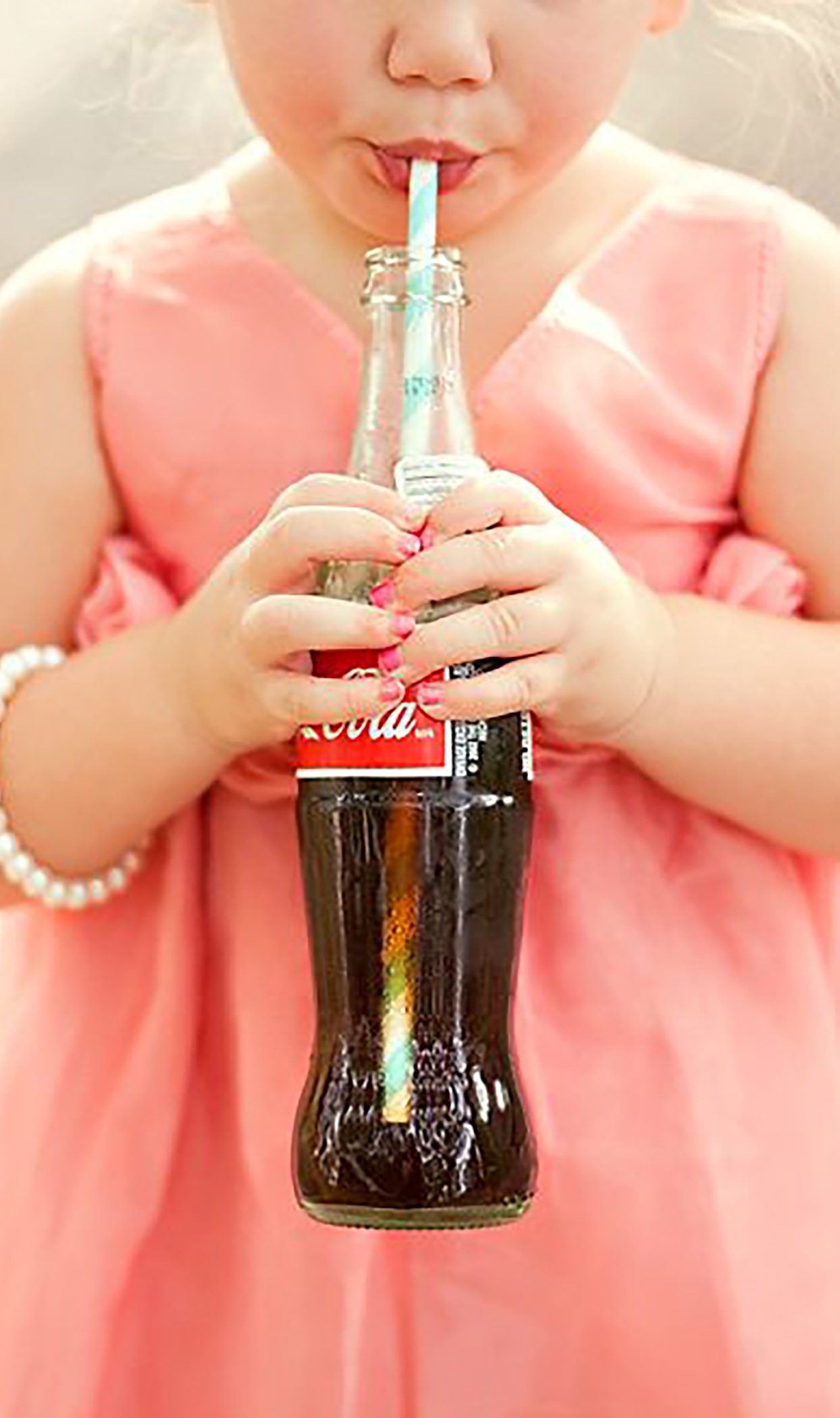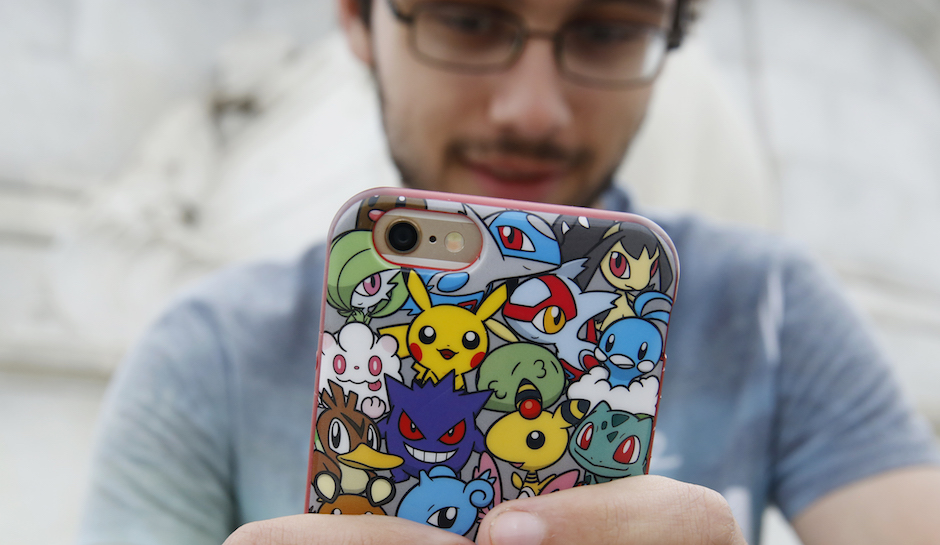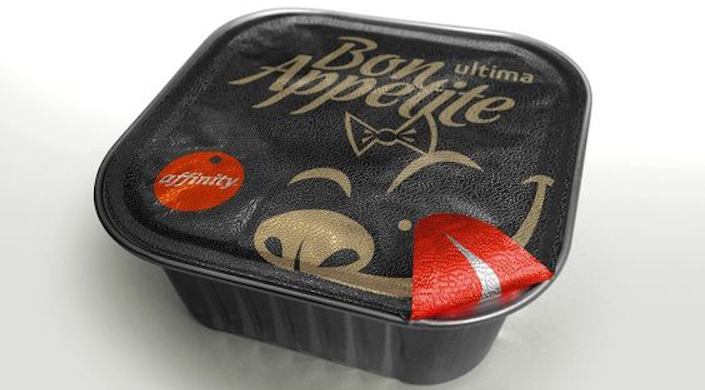(Image source: marcal.net)
Lately I’ve asked myself, “How does design make us happy?” Maybe it’s the magic that’s hidden behind what’s seen on the outside. More often than not people take things at face value, but by failing to seek beyond those perspectives we never reach a deeper understanding of what drives us.
We can learn a lot about our interactions, and how we’ve become emotionally built around them, from a closer look at brand experiences.
Underneath it all
Brands are like people. We are judged based on what’s on the outside.
A person’s appearance can hint at their vocation, heritage, or outlook on life, making visual cues extremely powerful. Our impression starts from what we see at the presentation layer, rich information that is recorded immediately. But there is more to a person than the presentation layer—including what they say, think, and feel.
Similarly, a brand is much more than how it looks – more than logos and colors and typefaces, it manifests in the user experience that people get when they interact with it at any level, from purchasing to interacting with the product. Visual presentation is important but if there’s no thinking beyond the presentation, the brand will lack depth.
This is how user experience—the process to define and plan the experience of interaction—elevates branding, transforming it into a way to provide relatable, personable, and fun encounters.
Keeping the focus on the interplay of universal design and UX
Experience is everything
Think about a time you tried something new. Your first exposure shapes your expectations and reactions, and may even determine whether or not you choose to continue further. But after you do, the actual experience of the thing can completely change your feelings, thoughts, and understanding.

Think of a Mini Cooper, for example. Based on how it looks, your first impression might be one of two things: a tiny, cramped box on wheels, or a playful and chic sports car.
Hop inside, and your second impression might change completely. Are the seats comfortable? Is it more spacious than you thought? Is the steering wheel too close?
Turn on the ignition and take it out for a ride, and the third impression gives the car a whole new meaning. The actual driving experience is a fun and enjoyable interaction that provides a unique “UX” to Mini’s brand. After all:
How something looks is not as great as how something feels.
The relationship between brand perception and UX is central. Whether it is a game or application, user experience directly impacts a market’s product. Think of how Coca-Cola’s iconic glass bottles have become synonymous with the brand itself. Industrial designer Raymond Loewy described the bottle as the “perfect liquid wrapper,” and it has been celebrated in art, music, and advertising.

Its famous shape of contoured, fluted lines was designed to fill the hearts of its users and bring a sense of enjoyment that emotionally bonds people to the Coca-Cola brand through happiness – an emotion the company has used consistently to define their brand.
Experience is our best teacher. It’s how we learn about ourselves and about others. If a brand is like a person, and the experience you have through interacting with them is unenjoyable, you’ll remember to associate that bad experience with their persona and character.
When a brand fails to accomplish a user experience that leads to healthy relationships, it can negatively affect its image for years to come.
How happy design is remembered
Our lives are made up of a series of small stories. We remember our experiences through emotional responses and comprehend them through cognition. Design transcends when it becomes more than just functionality and identity, and translates itself through form—its looks, the way it feels, and how it evokes an emotion. Since we think and feel at a subconscious level, UX methods are the perfect vehicle for influencing the way people perceive their own experiences.
As our landscape is shifting, people’s interactions with brands are happening through digital channels. This has allowed UX to elevate brand experiences online. The tools of UX have started to find their place in the lineup of branding tools because users demand rich, immersive, two-way encounters that are both functional and aesthetically pleasing.
A great example is this summer’s mobile gaming smash hit, Pokemon Go. The game revived the Pokemon brand’s unique emotional connection with its earliest users, and now that generation has reawakened to becoming Pokemon masters.
This resulted from a clever concept that allows users to explore and travel through an expanded digital universe, and the leveraging of the franchise’s powerful emotional connection with its fans in the gameplay. Nostalgia is a key element in the UX formula, along with happiness and positive reinforcement.
 The key for happy designs that generate a healthy brand relationship is the user experience. People remember brands through the combined efforts of what the brand has to offer, and the delivery on its promise to stimulate positive interactions and create a long-lasting emotional bond of loyalty.
The key for happy designs that generate a healthy brand relationship is the user experience. People remember brands through the combined efforts of what the brand has to offer, and the delivery on its promise to stimulate positive interactions and create a long-lasting emotional bond of loyalty.
UX and Branding come together
Considering these brief thoughts, we acknowledge that we can “see” much more than the visceral level. The aspects we comprehend and respond to in a brand touch on all areas of the interaction.
User experience has enriched branding, giving companies a new playing field to strategize on. By integrating UX design into the larger picture of the brand identity, we open the door to new possibilities for experiences that make people happy. While good design satisfies, great design fulfills.




